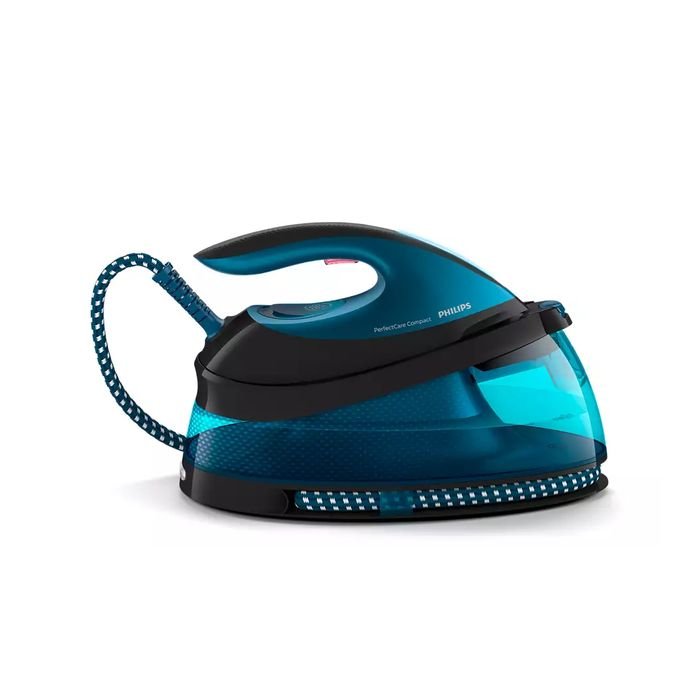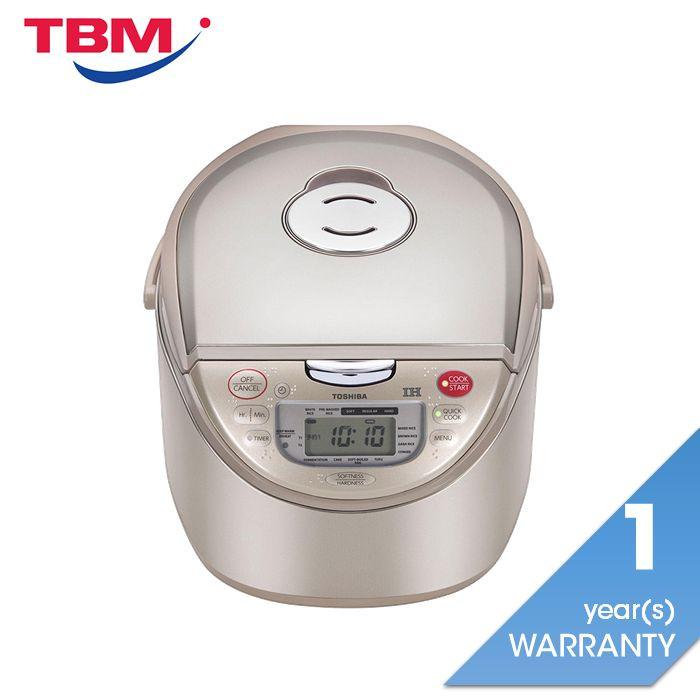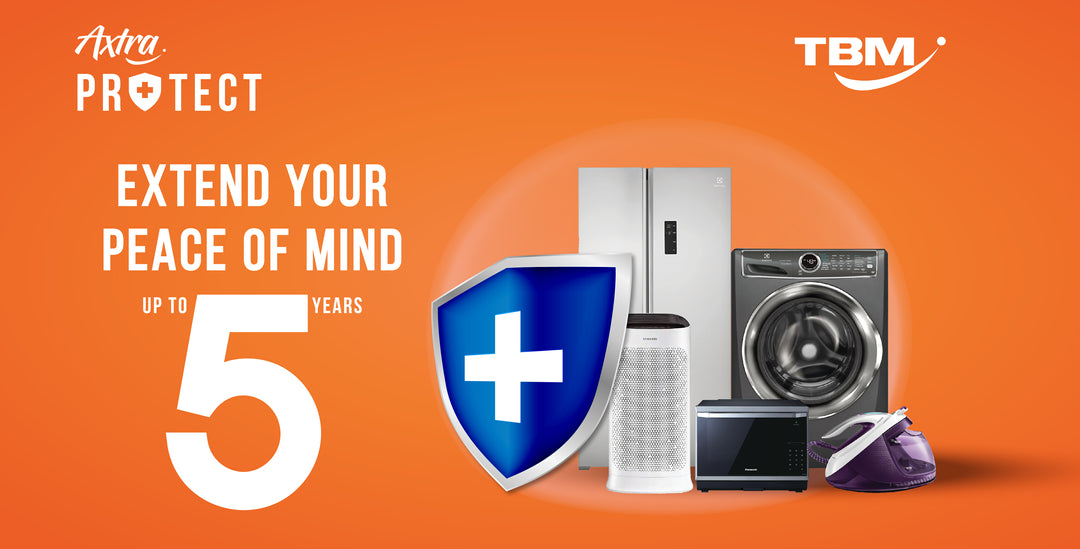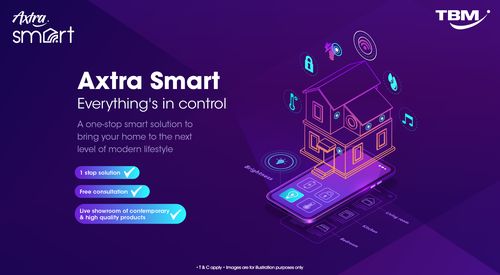Clothes Dryers
A) Types of dryers
B) Things to consider when purchasing
C) Features & Benefits
D) Maintenance
A) Types of dryers
B) Things to consider when purchasing
- Would you prefer a top load or front load?
- Is your laundry room well-ventilated?
- Make sure that your dryer can fit through the door
- Take into consideration of power cords and hoses
- Look for drying programs that you’re likely to use regularly
- Fast spin speeds give you faster drying times
-
Measurement tips
- Width: Leave 1” to 3” on the sides and between appliances so air can circulate
- Depth: Leave 4” to 6” at the back to accommodate vents, hookups and cords
Front load dryers will need 21” to 25” for door to swing open
C) Features & Benefits
-
Energy efficient
- Dryers that are energy efficient use less energy which saves money and protect the environment
- Some have moisture sensors which is an energy saving technology
- Energy efficient dryers use less heat and reduces wear and tear on clothes caused by over drying
-
Steam
- In a dryer, steam can relax stubborn wrinkles and reduce static. Some has refresh setting for clothes that are clean and wrinkly and perhaps smelling a little stale. While others have steam clean option for non-washable items such as pillows and stuffed animals
-
Sanitization or allergy settings
- These settings will increase the temperature or use steam to reduce germs, bacteria, and irritants to your clothing or bedding
- Allergy setting is generally kinder to your clothes than the sanitization feature
- The sanitization setting is long and hot enough to kill 99.9% microorganisms and has almost no carryover of bacteria into future loads
-
Vibration and noise reduction
- This feature reduces vibration and noise especially if dryer is near living and sleeping areas
-
Digital displays and touch-screen controls
- These make it easier for you to use their array of specialized features and settings and some might allow you to save your favorite combinations
-
Express Dry
- This cycle uses larger blowers for increased air flow so laundry dries faster
- Smartphone compatibility
- High-end models might boast built-in WiFi to sync to your smartphone. This technology will alert you when a cycle has ended
D) Maintenance
-
Clean the lint screen regularly
- Too much lint on the screen might cause fire
-
Avoid putting soiled clothes in the dryer
- By doing this, you will avoid getting any dirt or unnecessary materials in the dryer
-
Vent cleaning
- Clean your exhaust vent or duct at least two times every year. Obstructions in the vent will reduce the air flow to the dryer leading to an increase in drying times and unnecessary use of energy
- Blocked vents can also cause fire breakouts







![[TBM Member Monthly Special][Instant Rebate] Philips GC7846/86 Steam Generator Iron 2400W | TBM Online](http://shop.tbm.com.my/cdn/shop/products/philips-steam-generator-gc784686-tbm-online-8740209.jpg?v=1761776072&width=1000)


![[CLEARANCE][Display Set] Panasonic EH - SP30 Facial Static Roller | TBM Online](http://shop.tbm.com.my/cdn/shop/files/panasonic-facial-therapy-eh-sp30-tbm-online-5125045.jpg?v=1761777081&width=900)
![[CLEARANCE][Display Set] Panasonic EH - SP30 Facial Static Roller | TBM Online](http://shop.tbm.com.my/cdn/shop/files/panasonic-facial-therapy-eh-sp30-tbm-online-9097996.jpg?v=1757310653&width=1000)




